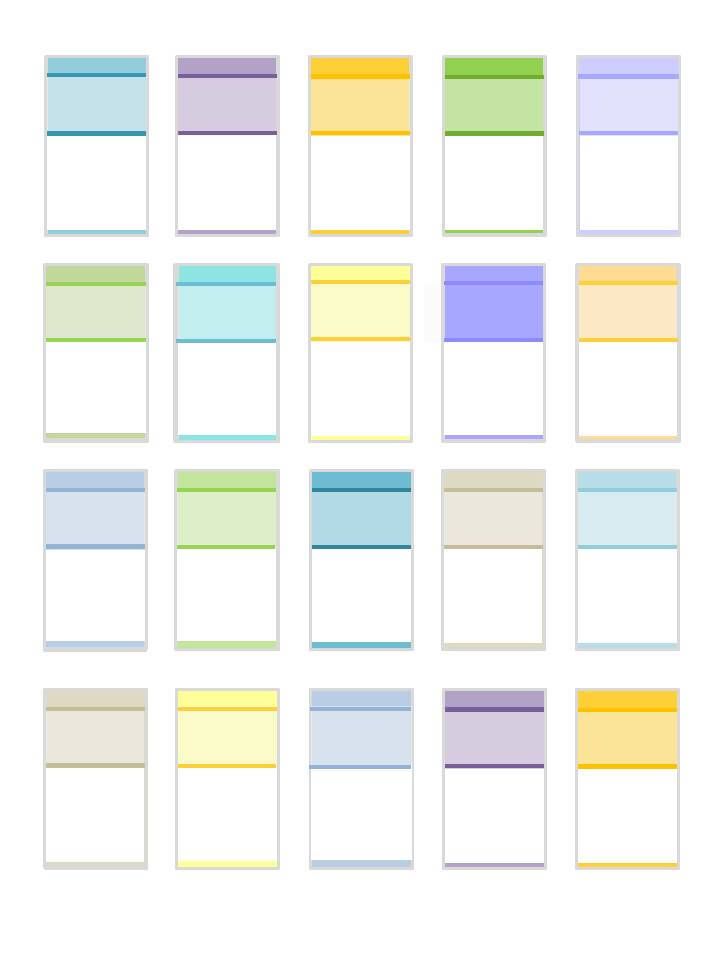Essential oils are sold in dark glass bottles. One reason for this is that they evaporate readily - if they are not sealed tightly you will end up with an empty container. The other very important reason is that the oils are easily damaged by bright light and exposure to high temperatures, which is why dark, not clear, glass is used.
Caring for your essential oils
Choose a dark, cool area to store your oils. You could even place them in the fridge, giving them their own shelf and ensuring they don't freeze. Oils stored in the fridge may go cloudy, but this does not damage them and they will go clear again after an hour or two at room temperature - take them out at least an hour before you use them.
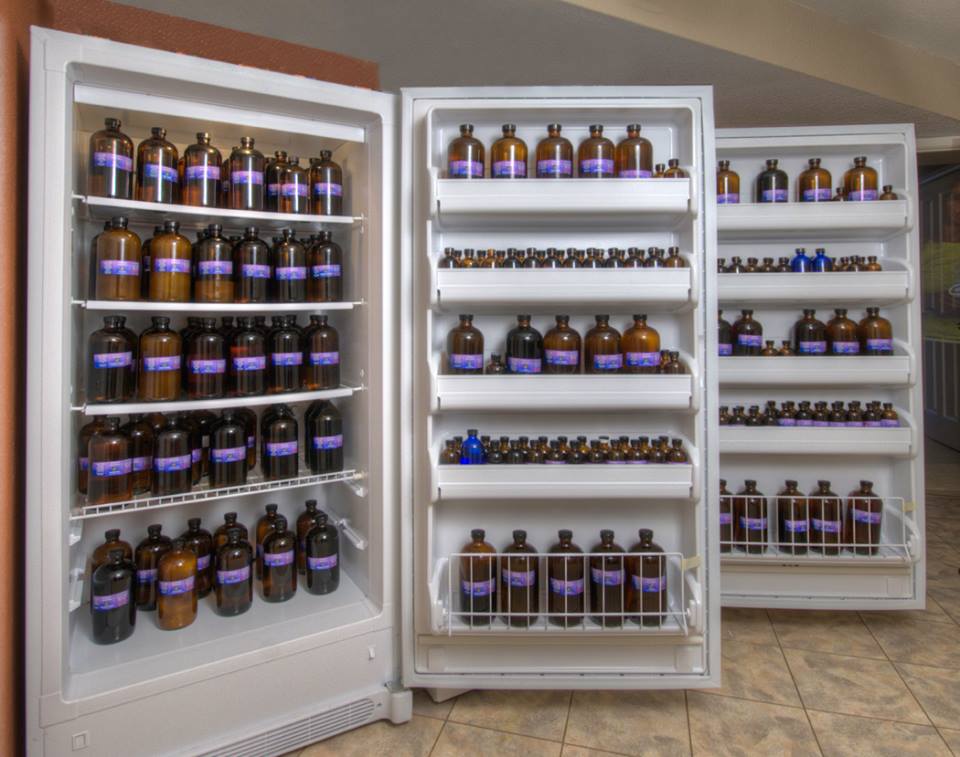
Never store oils in bottles with rubber seals or pipette tops, as some oils react with the rubber and become unusable.
How long do essential oils last?
Theoretically, most types of essential oil should last for several years. You will find in practice, however, that this is not always the case and some of your oils will last for either a much longer or shorter time. Exceptions that you should make a note of when buying or blending your oils include:
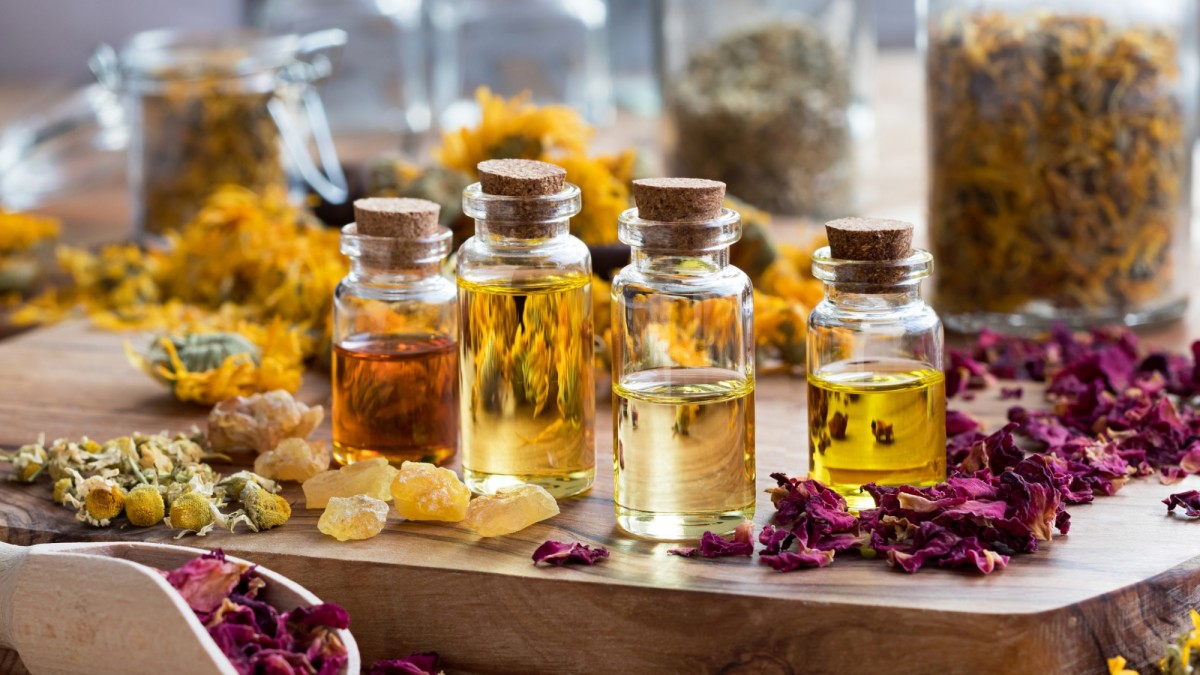
Citrus oils: Apart from bergamot, all citrus oils begin to deteriorate after six months
Base oils: By contrast, some essential oils improve with age, especially sandalwood, patchouli and frankincesne
Blends: You should store your blends in the same environment as the undiluted oils. You will still find that diluting the oil or oils reduces their effective life to about two months, however, after which the smell fades and the active ingredients deteriorate.
How often you use a bottle of essential oil - thereby exposing it to oxygen in the air - will also reduce its effective life. Apart from the oils mentioned here, a good rule of thumb to keep in mind for an oil's best-before date is a year to 18 months.
You Storage Equipment
Glass Bottles
Dark glass is the best material for storing your essential oils. If you can get them, dark amber and blue are particularly good colours for the glass as they are the best colours for cutting out the most light. You may use plastic bottles - also in dark colours - but glass is better.
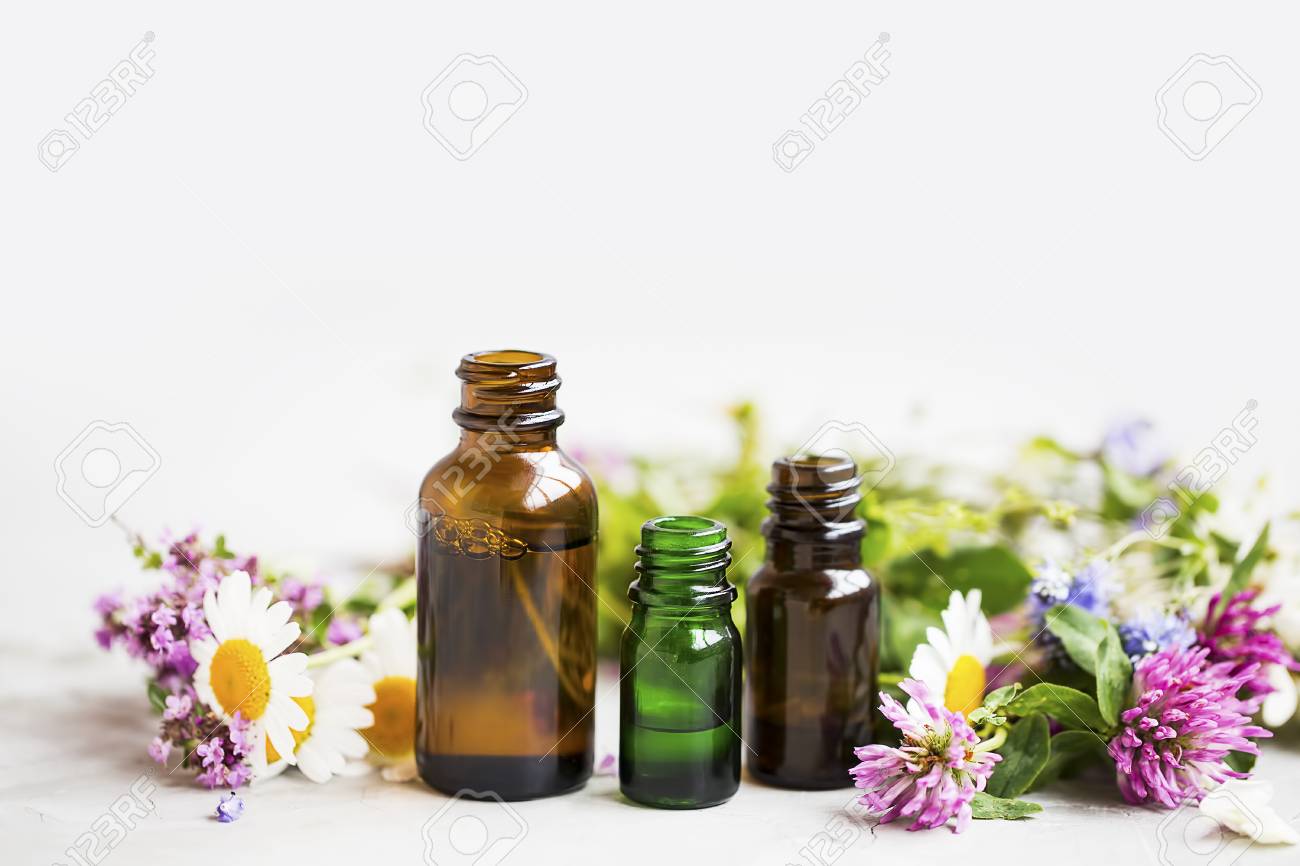
Blends should also be kept in dark bottles. If you see essential oils for sale that are not in dark glass bottles, be suspicious as the oils may already have lost their therapeutic value.
Right temperature
Extremes of temperature both high and low, will adversely affect essential oils and cause them to break down. You should be sure to set aside a suitable spot for you oils and be vigilant in returning to them.
Cool and constant
For the purpose of storage, your essential oils should be kept at a constant, cool temperature. this should ideally be below 18°C but above freezing point (0°C).
Bottle Containers
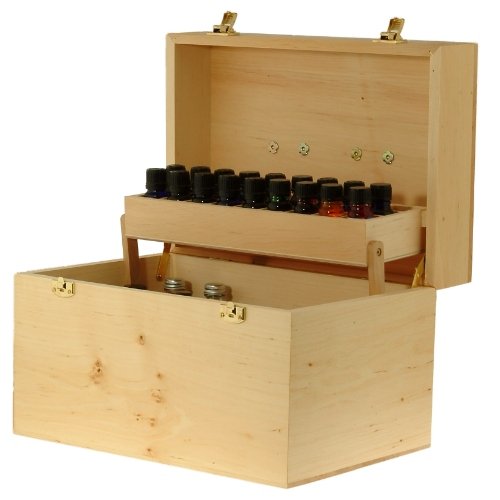
Having a cupboard or box set aside for your oils at home means that you will always know where they are and spillages and breakages will be kept to a minimum. To keep your oils out of the reach of children, it's best to use containers that can be locked. They should also be stored safely, away from exploring hands, and in appropriate conditions for the oils inside. You can store all your aromatherapy items in the same place to make them easier to find later.
Your Travel Kit
A small travel kit is ideal for carrying your favourite oils or blends around with you. Depending on its size, you will be able to take a few bottles to suit any particular occasion.
Always at hand
You can then keep your aromatherapy remedies handy on holiday, at work and on trips. To make sure they arrive safely, pack the oils tightly and make sure they have sealed caps to avoid spillages. Small bottles save packing space
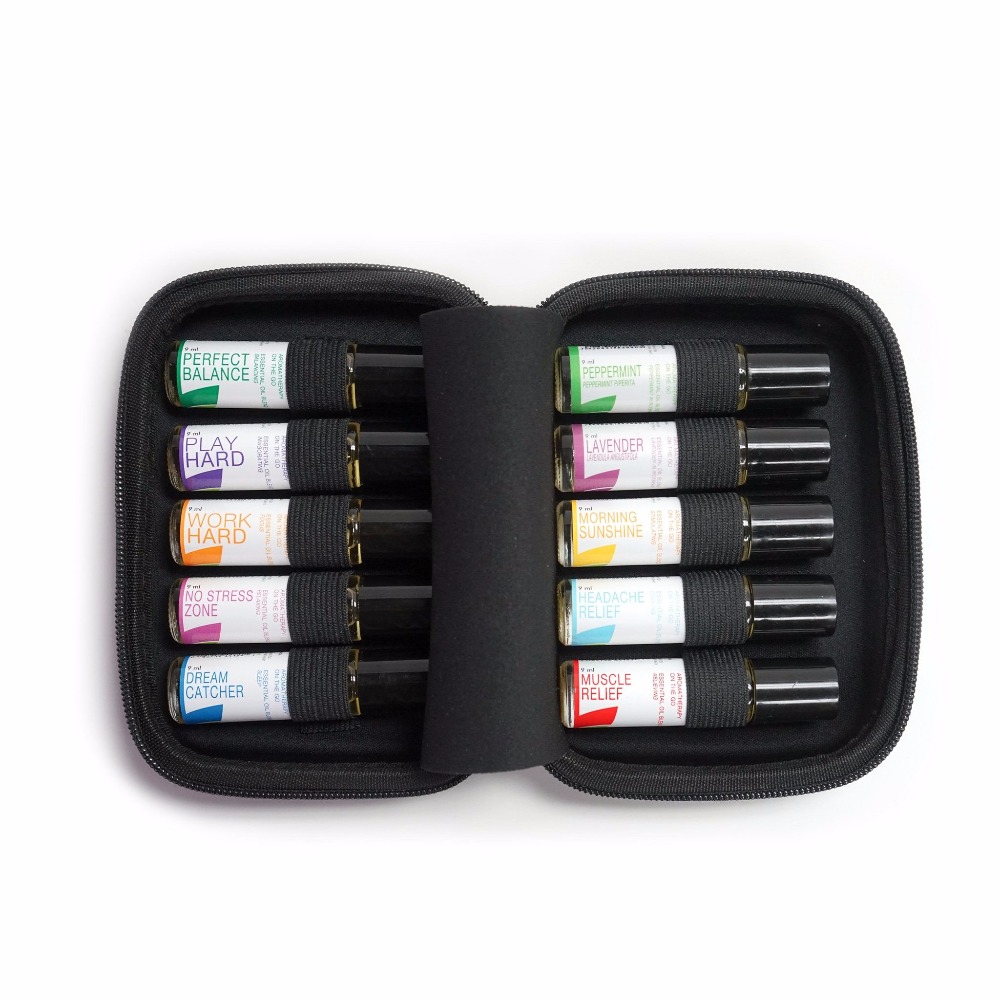
Labels for your Oils and Blends
Remember to label your oils carefully and properly - especially any blends you make - before you store them away. No matter how good your memory is, it's easy to forget the constituent parts of a blend, especially if you spent a long time experimenting to find it. Avoid disappointment by carefully labelling all your essential oils and blend bottles with the following information:
